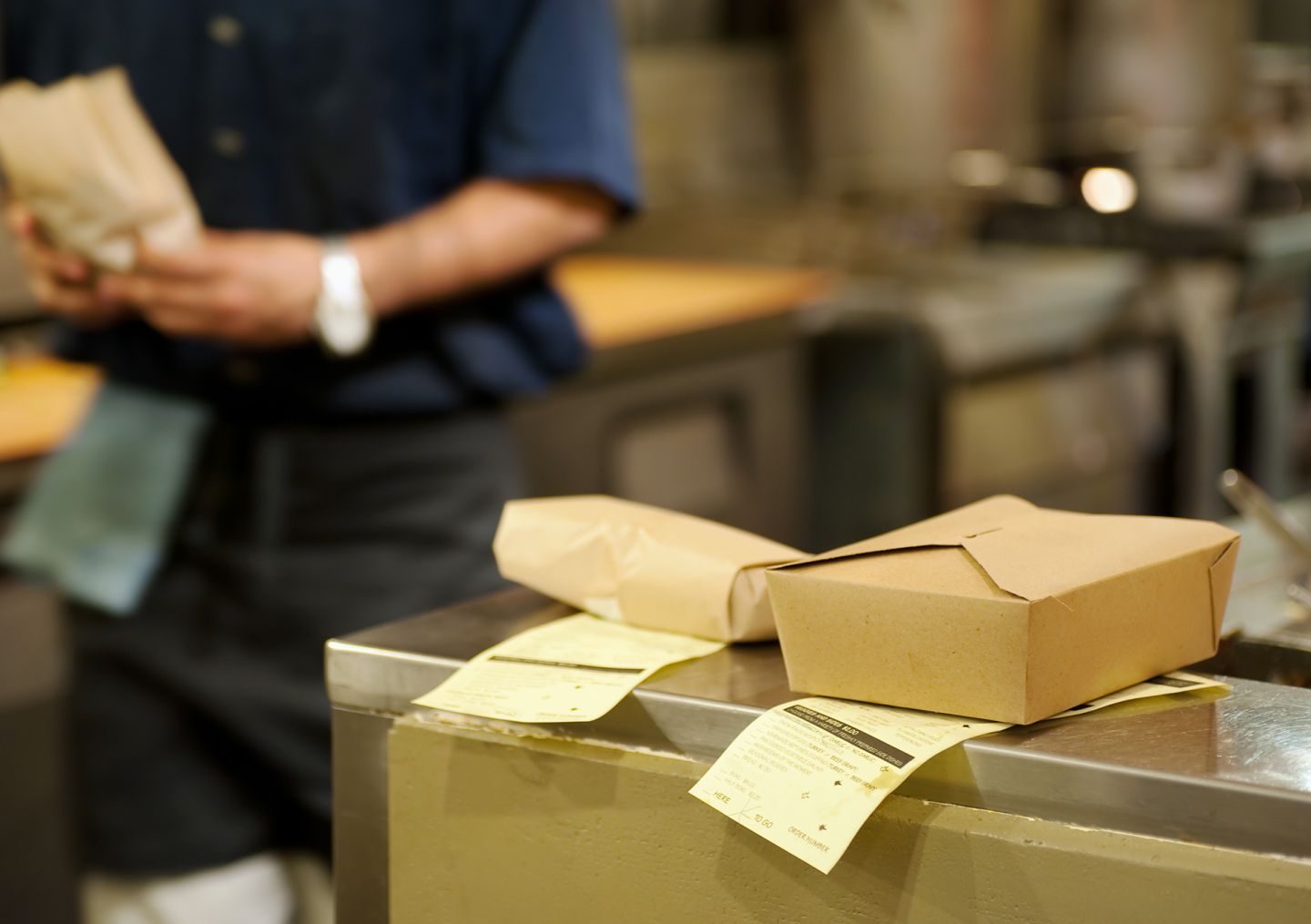As younger generations gain buying power, their preferences and expectations are having an impact on the restaurant industry across all sectors.
During the annual Restaurant Leadership Conference, industry leaders forecasted trends based on these shifts and shared first-hand insights into restaurant success. Here are a few takeaways from the experts:
The New Age of Delivery and the Rise of the ‘Ghost’ Restaurant
More than 40 percent of consumers are willing to pay more for food delivery, according to Restaurant Business magazine. Additionally, 60 percent of consumers regularly place takeout orders, presenting a huge opportunity to grow off-premise options. So much so, that in certain markets companies are establishing ‘Ghost Restaurants,’ with the sole purpose of preparing restaurant cuisine for delivery - an economical model that eliminates the added cost of a physical storefront or labor that comes along with dining service.
How can you compete?
While eliminating the storefront may be an option for some in the industry, it’s unrealistic for most. For that reason, it’s vital that restaurants take time to optimize locations to meet the desires of diners. Make sure you know your customer, and what they are looking for in their dining experience, on and off-premise. This may include modifying facilities to enhance the pick-up process, whether for customers or third-party delivery services; improving operational efficiency for staff and creating a more seamless experience for customers.
Combating Abandoned Orders
The rise of mobile applications and demand for online ordering has bred a new set of issues for restaurants, one that retailers are all too familiar with – the abandoned cart. While restaurant adoption of online ordering systems is high, many still rely too heavily on mobile application push notifications to guide diners through the ordering process. This presents a problem as more than half of mobile app users turn off push notifications, leaving plates empty.
Restaurants should take a page from the retail playbook and look to other mediums to encourage order completion, such as giving potential customers a nudge via email or text message. This tactic should extend to your marketing efforts, too. Leveraging digital mediums to remind customers that you’re an option is a tool that proved successful for Buxton client Firehouse Subs.
Not sure where to get started with customer marketing?
Google search ads, email and social media, are a few tools regularly used by retailers to help drive traffic and increase brand awareness. Leverage these tactics in your local store marketing to attract potential customers to your restaurant.
Bring Innovation to the Table
President of the Culinary Institute of America, Tim Ryan, shared that restaurants are too slow to innovate. Consumers are fueling rapid change and have come to expect brands – including restaurants – to keep up. To beat the competition, finding new ways to surprise and delight diners will need to be a top priority.
Not sure what your diners seek in their experience?
Leverage customer data to identify avenues for innovation. Combining your existing customer data with external data through customer analytics will help you unlock the psychographic traits of your best customers, and you can use these insights to identify areas of opportunity on- and off-premise.
Learn more about how you can leverage food trends to better target your customers in our report “Fast, Fresh and Functional: Leveraging Food Trends to Better Target Customers.”


